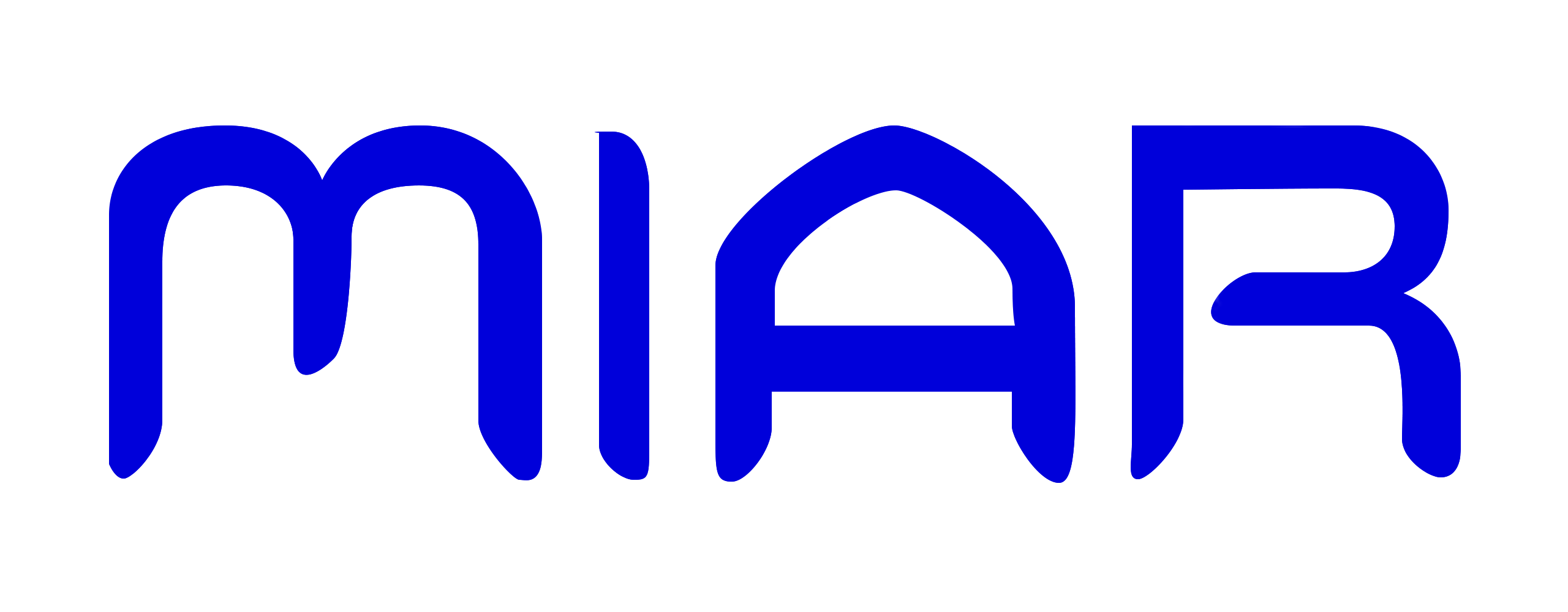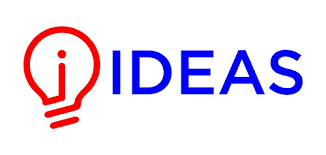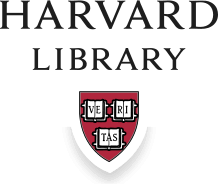Article | Open Access | Published: 25 May 2007
Terrorism A Socio-Economic and Political Phenomenon with Special Reference to Pakistan
| Views: | 159 | | | Downloads: | 131 |
Abstract:
This paper lays out a new formulation for understanding elite formation in Contemporary neo-liberal capitalism, though a critical review of the conceptual and methodological framework appropriate to 21st century business elite analysis. We argue that analysis of elites has traditionally rested on conceptions either of an establishment, where an old boys network' is connected by personal ties, or of a control elite exercising power from the apex of large organizations so as to realize some social project. This latter approach became theoretically problematic after Poulantzas argued for the relative autonomy of elite groups and with the subsequent theoretical insistence on the depersonalization of power relations in an age of capillary power. However, we insist that it remains vital to focus on the role of key individuals as agents within contemporary capitalism. We propose to do this by drawing on recent innovations in social network analysis and in the sociology of stratification. Which are set in the context of restructuring in present day neo-liberal capitalism. On this basis, we argue for a different conception of present day UK and US business elites that starts from a recognition of the fluidity of contemporary organization and the position of various intermediaries, such as investment bankers and consultants, in bridging roles.
Keywords:
Business Elites, Social Networks Analysis Establishment, Social stratification, Working Class
Publisher:
ILMA UNIVERSITY
Published:
25 May 2007
Issue:
Issue 1 : Volume 3
E-ISSN:
2409-6520
P-ISSN:
2414-8393
This is an open access article distributed under the terms of the Creative Commons Attribution CC BY 4.0 license, which permits any use, distribution, and reproduction of the work without further permission provided the original author(s) and source are credited.














